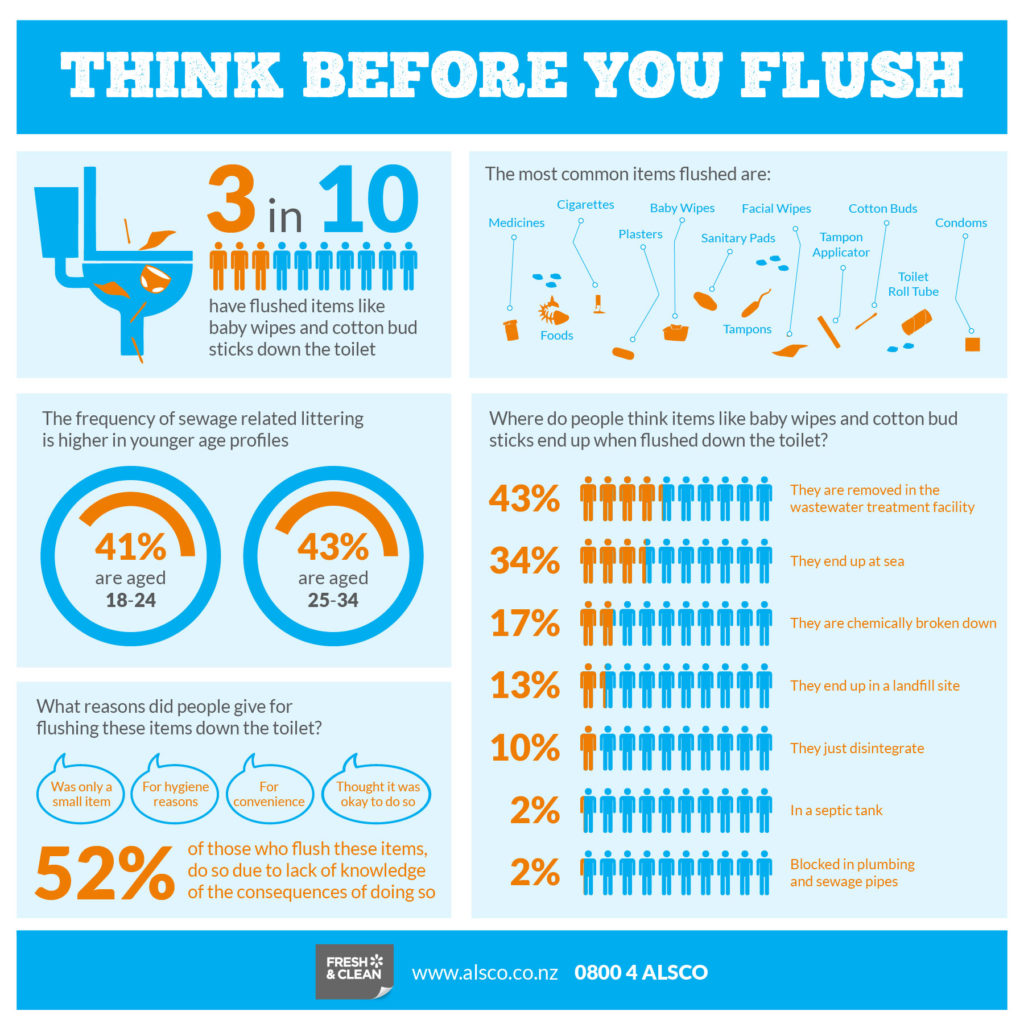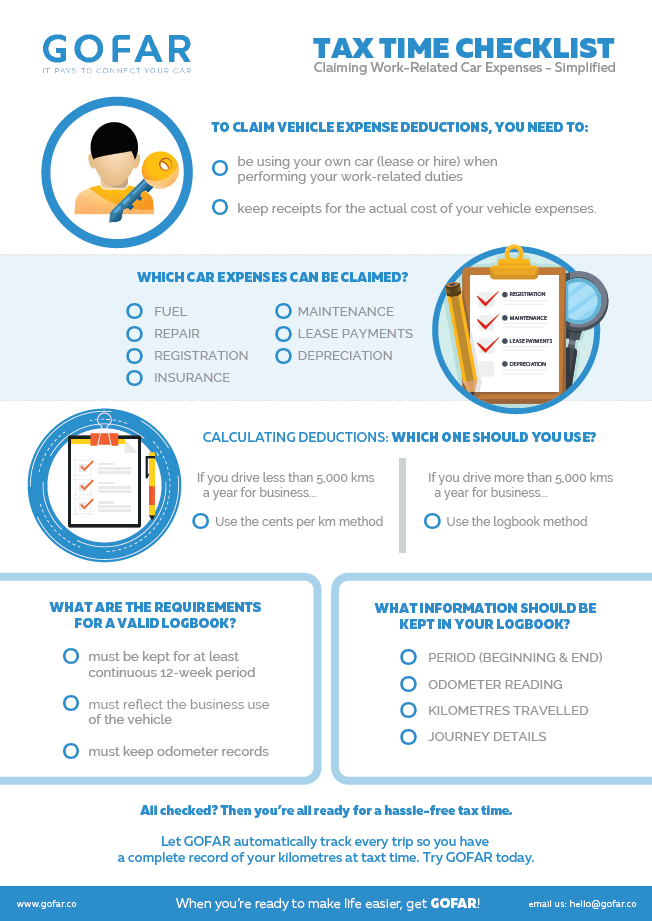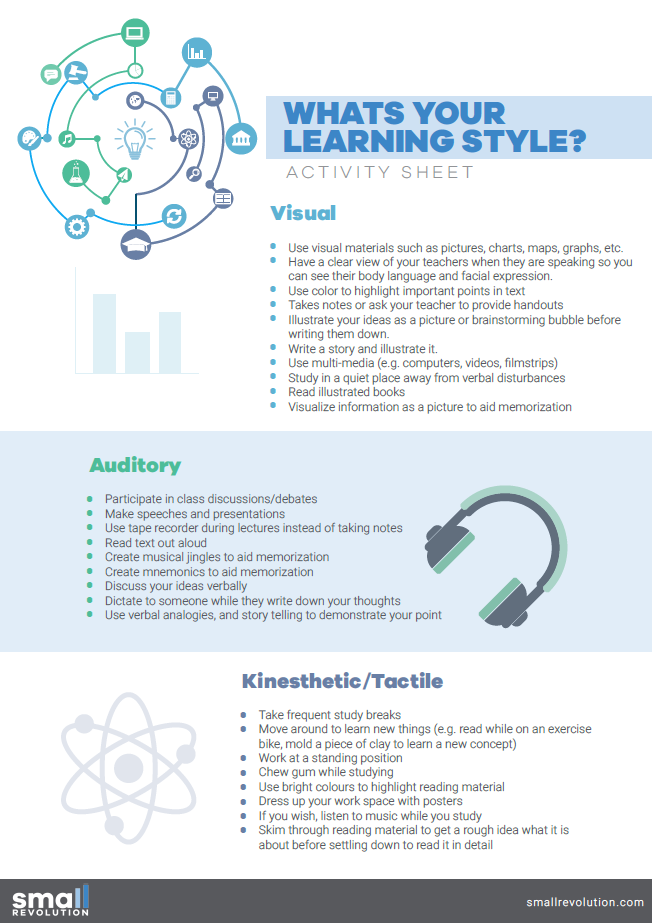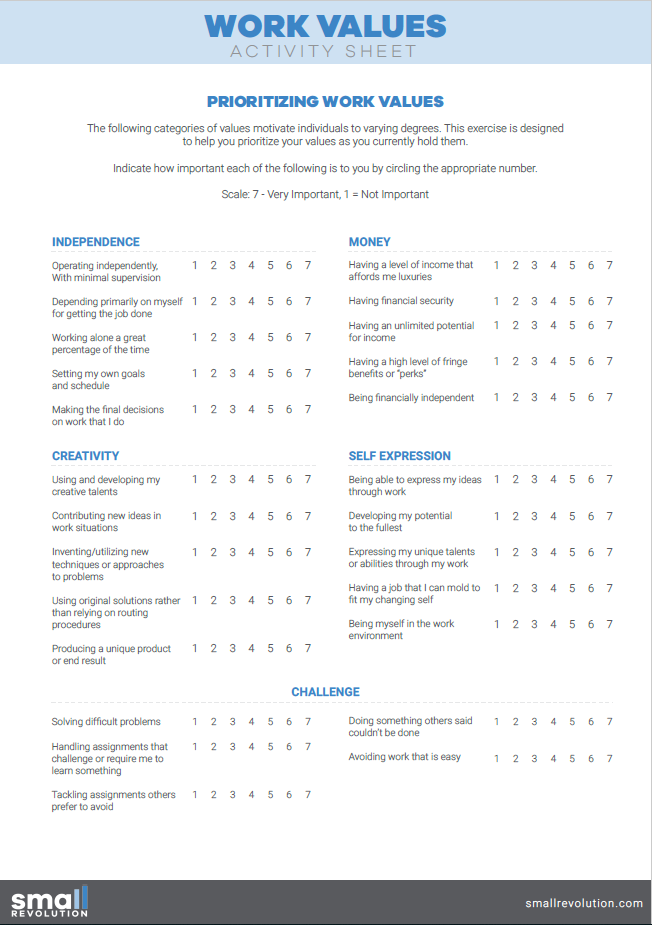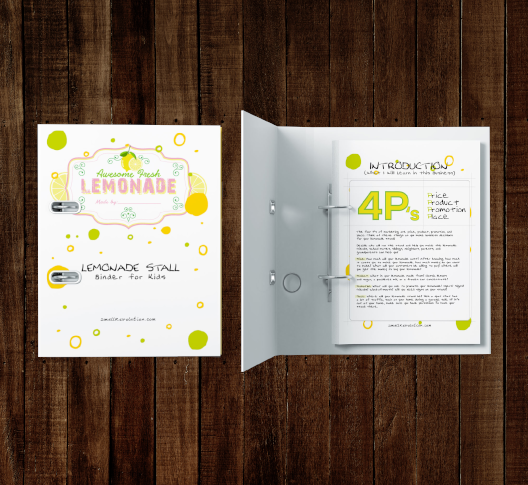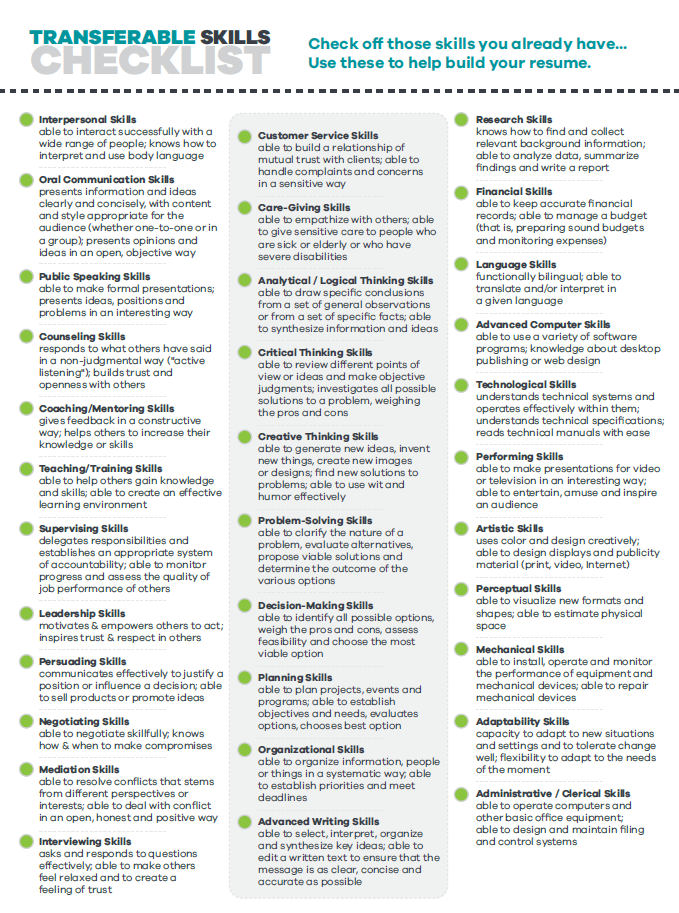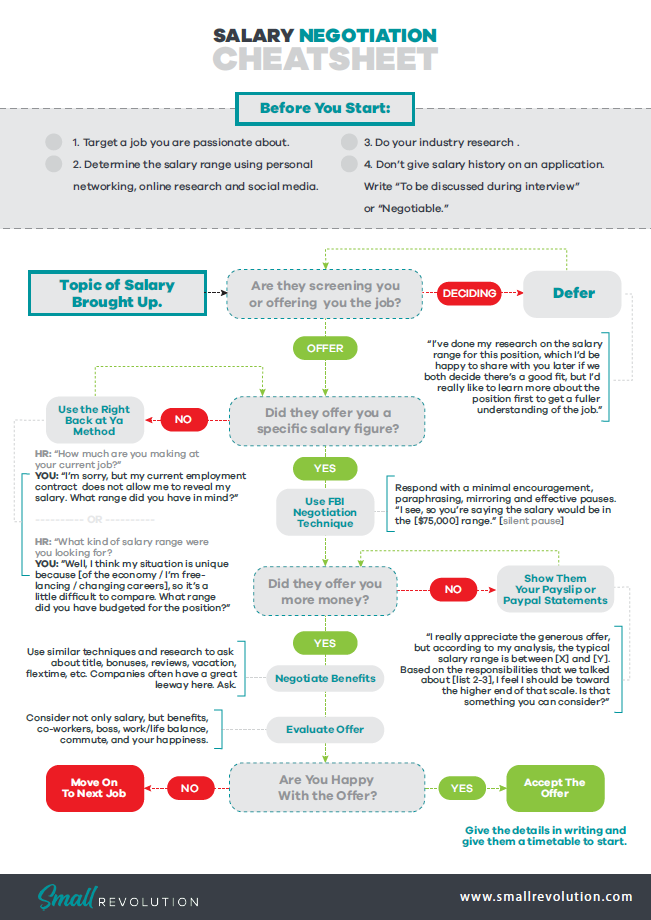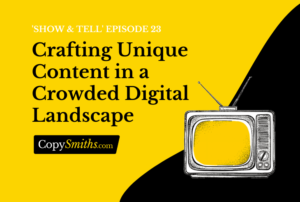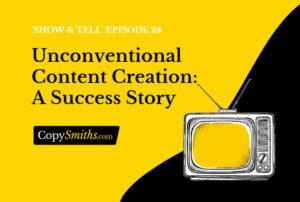Home » Content Marketing » What is Visual Marketing, Really (in 2019)?

What is Visual Marketing, Really (in 2019)?
There are plenty of posts out there about visual marketing and the X Types of Visual Content You Need to Use in Your Marketing Campaigns, etc, etc.
Which is great.
It’s important to keep up with the best ways to use images and videos, infographics, animation, memes and even presentations to drive user engagement.
However, ad fatigue, and it’s more insidious cousin, banner blindness, are symptoms of just how pervasive digital advertising has become and the tendency of some marketers to oversaturate their intended audience with their marketing message.
People are sick of it.
Ads still work, of course, but they’re transactional by their very nature as opposed to genuinely engaging.
So, what is engaging?
Visuals. Full stop.
But as we move beyond 2019 and into the 2020s, the way we use visual content to tell our stories – because that’s essentially what we’re doing – storytelling – is set to transform in ways you may never have imagined.
Back in 2017, it was predicted that by just 2021, video content alone will account for almost 82% of internet traffic. So yeah, high-quality, cross-platform video content is a no-brainer for any content marketing strategy.
But that still leaves a veritable sh!t-ton of traffic that you can target with other forms of engaging visual content.
Like what, you might ask.
The New Wave of Visual Marketing
Necessity is the mother of invention. Or is it laziness?
Either way, it’s those who are desperate enough to innovate that often come up with new ways of doing things.
Like affiliate bloggers. Their very livelihood depends on creating new ways of pulling in traffic and converting it into sales.
Their content HAS to make money.
These bloggers are essentially testing every which way but loose to find out which content works best.
And then some.
And they’ve discovered that there’s a new breed of content that is working. PRINTABLES.
Things like binders, posters, signs, templates, checklists, cheat sheets… ad infinitum.
As content marketers, we can (and do) learn a lot from the best affiliate bloggers and then apply that knowledge to the work we do for our clients.
Hang on… What is Visual Marketing, Exactly?
OK, I’ll back up a bit.
Visual content marketing is many things to many people, but one simple definition would be: visual marketing uses imagery – photos, graphics, video, etc. – as a way of marketing the value of your product or brand to your customers.
Visual marketing is about using visual elements as a more engaging method of communicating your messages than just using text alone.
Why is Visual Marketing Important?
When you think about it, it’s about trust.
One of the most quoted stats you’ll see is that visual content (that is, non-verbal) comprises 93% of human communication.
In other words (see what I did there?), humans communicate with each other primarily using non-verbal methods (i.e., without words or non-text).
Bear in mind this is from research done about 50 years ago – pre-worldwide web – so context here is important, like body language.
It may well be that daily communication between humans that is non-verbal is anywhere from 60-90% – depending on the situation and the individual.
Whatever… what’s clear is that we are a visual species.
We trust what we see before we comprehend the spoken or written words that follow.
Our brains process visual information – like visual content – much faster than text.
Like, a lot faster.
- Thanks to our visual cortex, we can get the sense of a visual scene in less than 1/10 of a second.
- Almost 50% of your brain is involved in visual processing.
- It only takes us 150 milliseconds for a symbol to be processed, plus another 100 milliseconds to attach meaning to it.
- Getting your message across using visuals is simply more efficient – up to 323% more efficient!
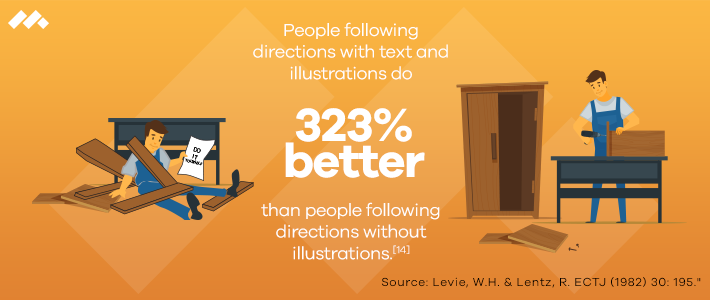
Pretty impressive.
Which is why affiliate marketers – those at the forefront of digital marketing and ecommerce (like porn sites were before them) – are doing it. Visual content marketing, that is.
So what works best when it comes to visual content?
Beyond just saying ‘images, videos, infographics, memes’, etc.
Glad you asked.
6 Types of Visual Content You Haven’t Thought Of
OK, so you might have come across a few of these, but they could have slipped under your radar simply because you weren’t their target.
Here are six visual marketing techniques that I know actually boost brand engagement. And conversions.
Printables
It’s worth mentioning that words – or text – are not the enemy here.
It’s using them on their own that we are moving away from.
The trick is to combine text with contextually relevant imagery in ways that:
- add value to the viewer / reader; and
- are visually appealing and catch their eye.
And make it printable. In every format known to humankind – PDF, A3, A4, A5, US Letter, AI, PSD, TIFF, GIF – depending on the type of resource.
Example printables:
Check out these examples we did for one of our clients – Alsco, a world-leading textile rental provider. And these.
The latter helped us get more than 100,000 unique visitors to Alsco Australia’s website… without spending a single cent on advertising.
Printables is sort of a catch-all for a whole spectrum of visual assets you can offer people in order to lift engagement and build trust in your brand.
Here are some more specific content formats you can try.
Activity Sheets
Let’s say you’ve got an online store that sells kids’ toys and collectibles for adults.
You want to get more brand engagement – with your brand, not just the brands you stock.
Get a graphic designer to produce a series of free, printable, branded activity sheets or coloring pages for both kids and adults.
You know what your themes are already – your most popular products can tell you that.
And it’s dead-easy to find ideas and inspiration here, here, here, here, here and here – just make sure you don’t infringe someone’s copyright.
Here’s an example activity sheet designed to help someone work out what values they deem important for their work.
Posters
Posters can be purely visual – or convey a combination of images and useful information on a particular topic.
The thing about posters – apart from being printable – is that they’re also highly shareable.
By producing high-quality unique visual content based on select customer keyword queries – you can easily attract a consistent, reliable supply of free organic traffic from search engines and social media.
Our client Alsco New Zealand offer a managed washroom programme – so we produced a range of washroom hygiene posters specifically targeting school customers.
The posters are available in multiple formats and are highly shareable on social media.
As part of our brief to increase sales leads via paid and organic traffic channels, we used these posters in combination with outreach and paid ads to deliver 1,059% ROI per month for Alsco NZ.
The posters remain a consistent source of steady, free organic traffic for our client.
Simple… but effective.
Let’s say you’re selling workwear and safety gear (PPE or Personal Protective Equipment) and again, you want to boost brand engagement.
Here’s what we did using short safety message posters designed to help keep safety top-of-mind in the workplace.
We also used these posters in rotation as part of a LinkedIn campaign to promote our client’s brand and generate qualified leads for the sales team.
Binders
A Binder is basically a printable planner for your ‘project’ – whatever it may be.
Start a blog, launch an ecommerce store, run a lemonade stand. The possibilities are endless.
The thing is, people like to be able to jot down their ideas and thoughts as their pet project evolves.
Whether it’s how to get started, track your expenses, 6-month goals, manage your passwords – the simple act of recording information in a physical format (like paper) is comforting.
And people love them. It helps them stay organised.
They print out the pages or sections they want – good binders minimise the amount of ink they use – and drop them into a simple ring binder.
Cover art and spines are even included. It’s all in the detail.
The more comprehensive binders come with a price tag and often include hundreds of pages of printable templates and advice on each project topic.
So consider the body of knowledge you have amassed in your own field of endeavour.
Could you pull together a comprehensive page-by-page guide that would help people get from A-to-Z on a particular personal or business project?
Start by simply listing some of the tools and daily activities you follow or have used to get where you are today.
If after 20 minutes you have an outline that could be fleshed out into a substantial resource (given a few hours of hard graft), then a binder may just be the tool you can build, and sell online.
Just don’t forget that it’s a visual medium as much as it is data and text.
You simply need to provide a good brief to a graphic designer that articulates what you are trying to convey – e.g., The Ultimate Babysitting Binder For Teenagers.
Think daily checklist, house rules, child details, tear-out activities, activity report, bedtime charts, babysitter flyer… a good designer will run with it and support your content with engaging visuals.
Checklists
What is it about checklists that people love?
In one respect it’s obvious – they help you stay organised (just like binders).
But dig a little deeper and it becomes apparent that there’s a bit of science behind their popularity.
Checklists activate the part of the brain often associated with OCD. They make you WANT to print them out and tick the boxes. You want to feel like you’ve accomplished something – and the act of ticking an item off can be immensely rewarding.
You feel like you’re getting things done.
Affiliate marketers quickly cottoned on to the power of the GTD (getting things done) system pioneered by David Allen. It took the world by storm and also kicked off other GTD-inspired systems such as the Bullet Journal.
It’s not so much about the actual content of the thing – whether it’s a list, or a journal, or whatever.
It’s the emotional response that gains engagement in a highly-competitive eyeball world.
So advertisers with multi-million dollar budgets can yell at you to ‘Get Flat Abs’ and yet a simple printable checklist of a 30-day workout can cut through all this noise because it’s genuinely engaging.
People stick it on their fridge door. They rarely print out your 2,000-word blog post and stick it on their fridge.
The idea is that we use printables to stand out.
Most of the web is text, photos and advertising (text and photos). Huge swathes are video. But there’s also this other area – printables.
People like to print stuff out and stick it on their wall. It’s still a physical world. And it helps them externalise their memory – get it out of their heads.
Your mind is precious real estate – most people can only pay attention to three or four things at a time – and transferring your to-dos frees up space for other, more immediate needs.
The Bullet Journal Works Because It Soothes Your Panicky Mind
Cheatsheets
People like cheatsheets because cheatsheets visually describe a process or sequence that can be hard to breakdown mentally or describe using text alone.
Take this example of a Salary Negotiation Cheatsheet.
Trying to keep all the divergent pathways and contingencies wrapped up inside your head could be overwhelming.
But by using a simple flow-diagram layout with colour coding, a person can easily follow the process and make informed decisions at the appropriate junctures.
Again, many would print this and stick it to their fridge or keep it in their folder along with their resume or CV.
How To Boost Customer Engagement
In summary – using visual content marketing and leveraging lessons learnt from cutting-edge affiliate marketers can help with your own customer engagement efforts.
If you would like to talk in more depth about leveraging the power of visual content marketing in your business, get in touch with me via email or call me on +61 410 124 733.
Alternatively, reach out to me via LinkedIn or use the contact form on our website.
CopySmiths
I'm Katrina McKinnon, founder of CopySmiths and Small Revolution. In my 20 years of experience, I have helped online businesses create high-performing content specifically on an eCommerce store's blog. Find me on LinkedIn and Twitter.
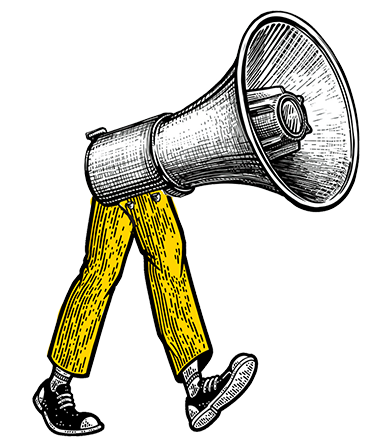
CopySmiths offers the best blog writing services for online stores.
If you'd like us to write blog articles for you, click here.
Most Recent
- 3 Bold Questions You Should Ask When Hiring A Content Writer

- 5 Practical Reasons You Should Use a Blog Post Template

- 4 Amazing Benefits of Using a Title Generator for New eCommerce Blogs

- 10 Awesome Bio Examples Your Online Store Blog Should Emulate

- 8 Basic Steps to Successful Content Development Every Time

Podcasts
Got a question?
Ask our friendly team about our article writing services.
Subscribe to CopyZine
Monthly, hand-picked stories of the best in eCommerce Content.

